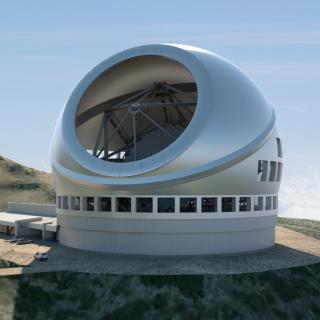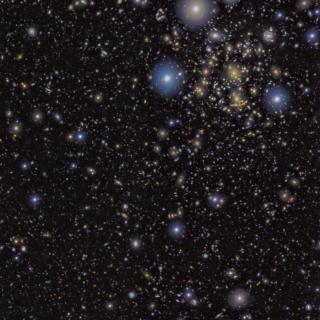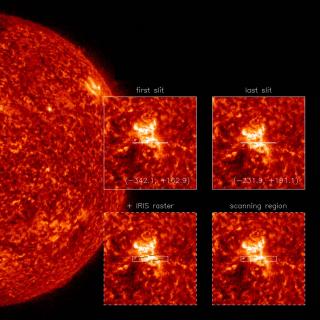
The National Academy of Science of the United States presented, yesterday afternoon, its report Pathways to Discovery in Astronomy and Astrophysics for the 2020s, a decadal study which identifies priorities for research and makes recommendations for future investment in scientific projects for the next ten years. Among its conclusions the report specifies the Programme of Extremely Large Telescopes (ELT) as a priority for ground-based astronomy, and stresses the need to invest in at least one of the projects proposed for this type of telescopes, among them the Thirty Meter Telescope (TMT)
Advertised on




